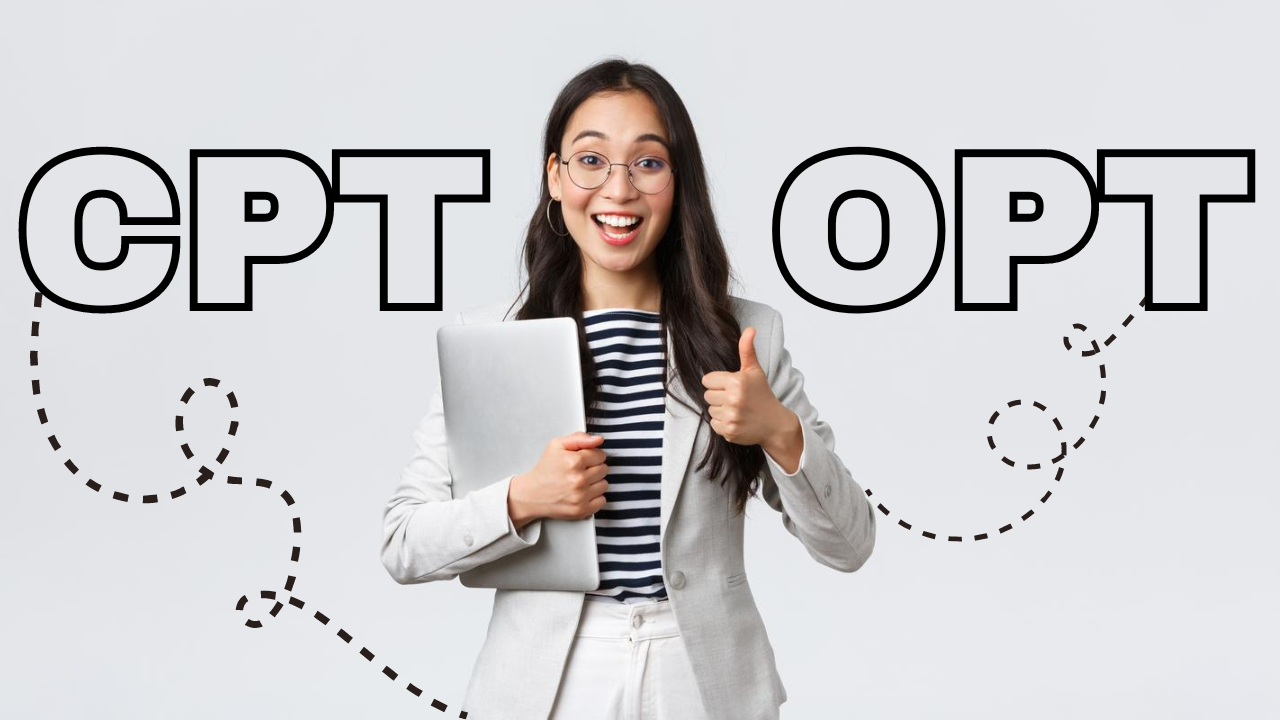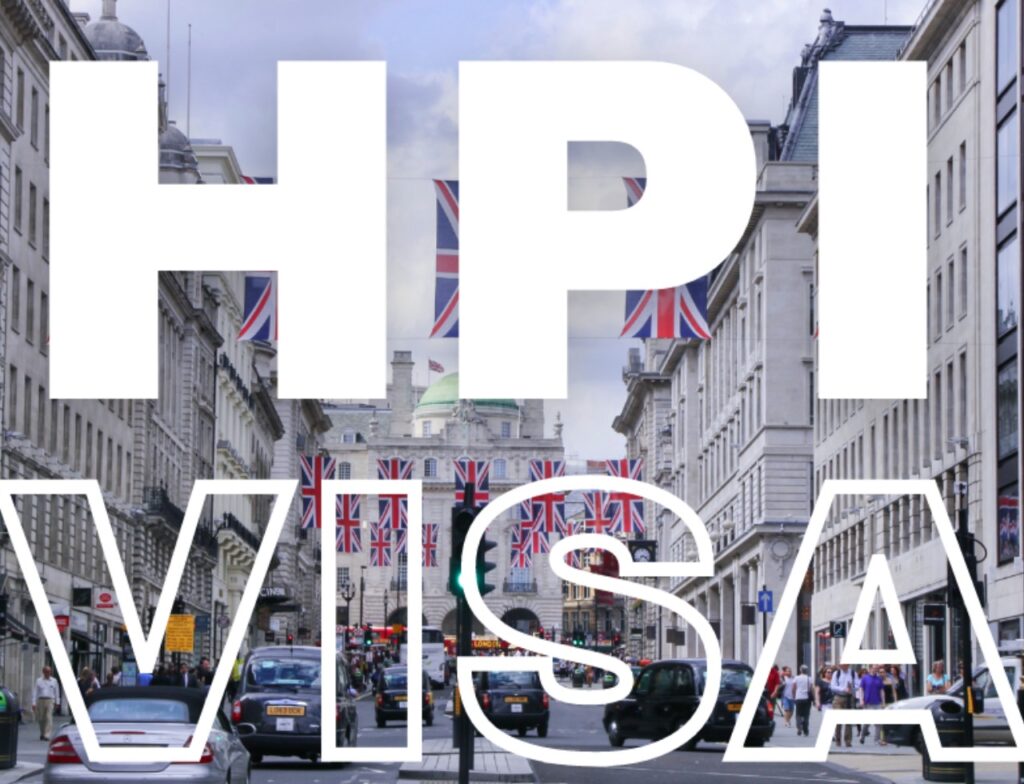When studying in the United States, there are certain programmes or types of training that an overseas student may come across, such as curriculum-based practical training (CPT) and optional practical training (OPT). These programmes are crucial in acquiring more knowledge involving practical knowledge in the area of. Being aware of the distinction between CPT and OPT is critical for making the right decision regarding your future prospects as a student in the United States.
What is CPT?
Curricular Practical Training (CPT) is off-campus employment or internship permission for F-1 visa students to have practical experience of the subject of their concern.
Key Features of CPT:
Eligibility: Provided for F-1 students after enrollment for one academic year.
Type of Work: They have to be relevant to the student’s major and should be part of the course programmes offered by the institution.
Approval: Must be approved by the university’s designated school official (DSO) and noted on the student’s I-20 paperwork.
Duration: There is no time limit for the programme, but the students have to fulfil the requirement before they can graduate. If the student is enrolled for over 20 hours per week, then CPT is considered full-time, and if they are enrolled in full-time CPT for 12 months or more, then they are ineligible for OPT.
Full-time vs. part-time: can be less than 20 hours per week or more than 20 hours a week.
Employer-specific: CPT is employer-tied; therefore, one has to secure an offer for the job to apply.
What is OPT?
Here is a brief description of CPT and OPT, including key differences between the two programmes.
1. Purpose and Timing
Designed for work-in-practice in a relevant course of study to be completed by the student. In other words, these courses must be taken and passed before a student graduates from high school.
OPT: Can offer practical working experience with regard to the student’s course of study. It can be undertaken before and after the completion of graduations, which makes it distinct from other programmes.
2. Authorization Process
CPT: requiring the signature of the school’s designated school official (DSO) as mentioned in Section 4 of the I-20 form.
The services can only be availed of once approval from USCIS and an EAD have been issued.
3. Work Requirements
CPT: Required to have a job offer, preferably within the student’s field of study, before coming forward to apply.
OPT: Students are not restricted to applying for this programme, but they must have no job offer to seek employment with authorization.
4. Impact on OPT Eligibility
CPT: Any CPT, if done on a full-time basis for 12 months or more, will prevent the student from being eligible for OPT.
OPT: The standard OPT is for a St12 of 12 months; however, selected STEM graduates can have an extension of up to 24 months.
How to Decide Between CPT and OPT:
Whether to do CPT or OPT therefore depends on your academic programme, your career ambitions, and the timing. Here are some considerations:
CPT is suitable if your course of study has practical training components in the curriculum or you want to work while studying.
OPT is advantageous if you plan to pursue full-time employment after completing your degree, especially if you are in the STEM field and eligible for the extension.
Conclusion
To make the most of your stay as an international student in the US, it is important to understand the difference between CPT and OPT. Overall, both CPT and OPT offer significant opportunities to obtain real-world experience and improve your employability. However, it is recommended that you seek advice from your school’s international student office to decide which option is most suitable depending on your unique situation and aspirations.
FAQ's
What is the main difference between CPT and OPT? CPT is tied to your academic curriculum and requires a job offer before application, while OPT is more flexible and can be pursued after graduation without an initial job offer.
Can I use both CPT and OPT? Yes, but be mindful that full-time CPT for 12 months or more can make you ineligible for OPT.
How long does it take to get CPT and OPT approval? CPT approval is quicker since it is handled by your school’s DSO. OPT approval can take several months as it requires USCIS processing.
Can I work full-time on CPT? Yes, but only during official school breaks or if authorized for full-time CPT. Part-time CPT is limited to 20 hours per week during the academic year.





